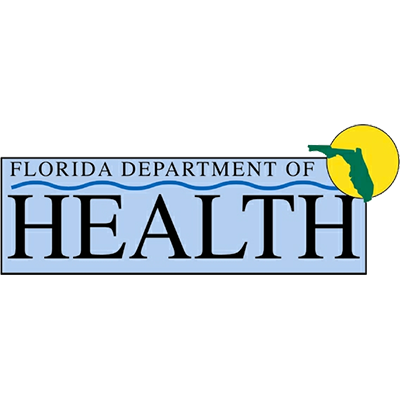This week on the Florida Springs blog we are taking a close look at childhood trauma. Anyone who works around the field of substance use disorder treatment will understand that childhood trauma is often part of the story. When I explain to people the things that make one person more likely to develop substance use disorder than another person, I often discuss childhood trauma along with family history of alcoholism or addiction; it is that important to the story, if not more so. It is also important to note that every individual looks back on childhood differently, and although we can try to have hard and fast definitions for what constitutes trauma, different people will experience similar situations quite differently. In an upcoming story I will touch on this subject a bit more, as I will be delving into the many cases of people who have some level of childhood trauma that they did not realize has effected them as an adult. For todays story, we will be looking at the ways that people with substance use disorder self-identify as having or not having childhood trauma experiences. The blog is made possible by the dedicated people at Florida Springs Wellness and Recovery Center, which is the best drug and alcohol rehab in Florida, and is in Panama City, Florida.
Cultural Views on Childhood Trauma
One important note going into this discussion is that social norms and conventions can have a huge effect on the ways people respond to questionnaires on an individual level. For instance, we see people in Africa and Asia being much less likely to claim a history of sexual abuse or physical abuse in childhood. Both the researchers and I believe that these numbers are more indicative of the way people define physical and sexual abuse in different cultures, rather than being indicative of a huge disparity in the way children are treated in different cultures. Some might even argue that children have more rights in the west, although if you deal only with individuals self-identifying their own experiences, then children in the west are much more likely to be abused and neglected. Regardless of what anyone thinks about cultural norms and differences, we can all agree that the numbers that will follow are too high and as a society we would like to see less people with issues related to their own histories of abuse and trauma.
Childhood Trauma Data Collection
The study we will look at today used responses to the Childhood Trauma Questionnaire (CTQ). The information from these questionnaires was available on four major public databases, including PubMed. The researchers used the short form of the CTQ. This was a meta-analysis study, which means the researchers that worked on the study we are talking about did not have any affiliation with the respondents that make of the pool of data. Instead, the data was simply publicly available, and the researchers designed a study that would use that data pool to look at the prevalence of childhood trauma among people who also identify as having substance use disorder, which is often called addiction or alcoholism. At places like Florida Springs Wellness and Recovery Center we use terms like substance use disorder, but many of our patients would be more familiar with terms like drug addiction or alcoholism, and therefore they are all perfectly acceptable for our needs on this blog.
Childhood Trauma Analysis
The authors of this study were able to collect over 1300 data points by including data from 10 total studies, which were all done before April of 2018. 38% of respondents had experienced emotional abuse in childhood. 36% of respondents had experienced physical abuse in childhood. 31% of respondents had experienced sexual abuse in childhood. 31% of respondents had experienced emotional neglect in childhood, and 32% had experienced physical neglect. The percentage of respondents who had emotional abuse in childhood was much higher in North and South America, with 45% of respondents in those regions having suffered from emotional abuse in childhood, and the corresponding numbers in other continents were much lower. Every form of childhood abuse was highest in North America, and South America accounted for the next highest totals in most cases. As we discussed earlier, there are multiple possibilities for why that may be the case, including abuse rates actually being worse in North America, but also including different social norms and definitions around childhood abuse in different parts of the world. It would be interesting to look at these numbers on a country by country basis based on what types of cultural beliefs are prevalent in the nations, but the overall census numbers might be too low in those cases for any real analysis to be done. If you or a loved one needs help with substance use disorder, the best drug and alcohol rehab in Florida is Florida Springs in Panama City, and our counselors are well equipped to handle patients with a history of suffering from emotional or physical abuse. One important thing to gather from these numbers is that nobody is alone, and if you suffered from trauma during childhood there are many people who understand what that is like and what kind of therapy can help people deal with those experiences. The phone numbers available on this website can connect you directly to counselors at the best drug rehab in Florida.
By T.A. Cannon (Contact me at TACannonWriting@gmail.com)
References
ZHANG, S. et al. Prevalence of childhood trauma measured by the short form of the Childhood Trauma Questionnaire in people with substance use disorder: A meta-analysis. Psychiatry research, [s. l.], v. 294, p. 113524, 2020. DOI 10.1016/j.psychres.2020.113524. Disponível em: http://search.ebscohost.com/login.aspx?direct=true&db=mnh&AN=33157482&authtype=geo&geocustid=s8475741&site=ehost-live&scope=site. Acesso em: 4 mar. 2021.



